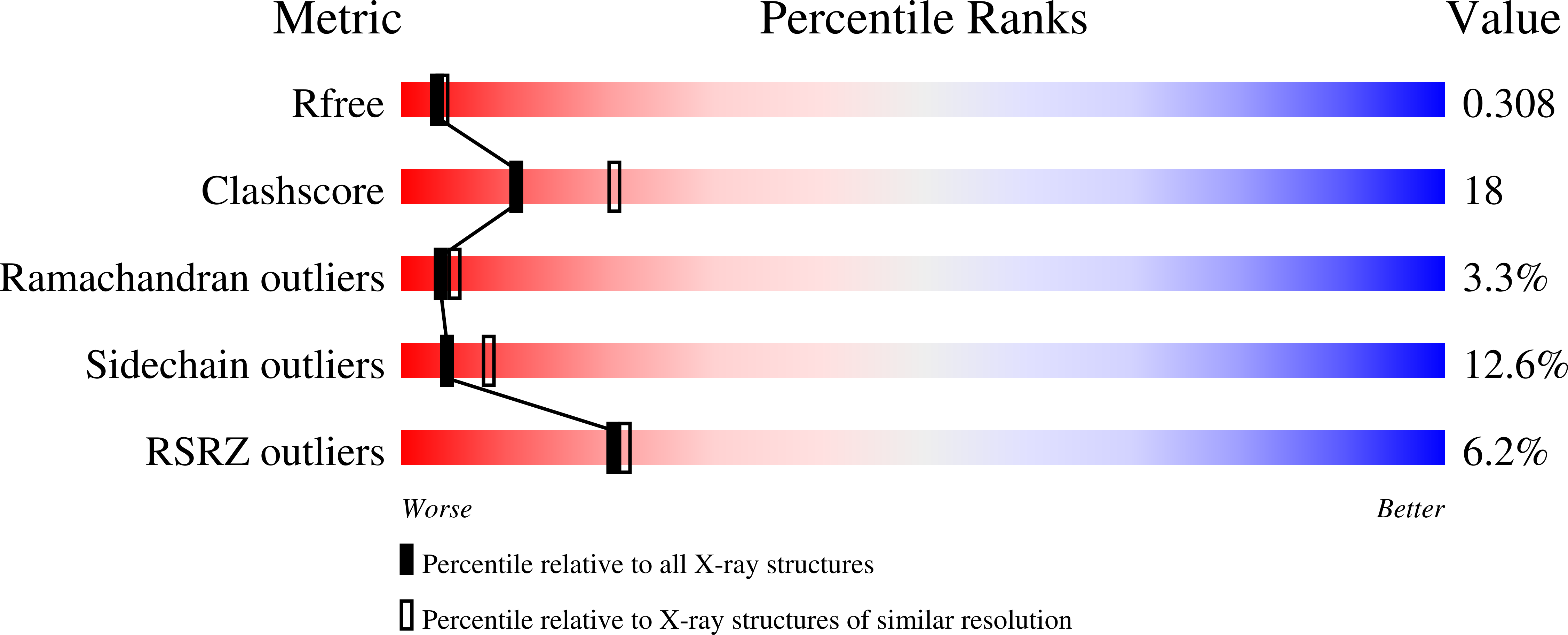
Deposition Date
2023-04-01
Release Date
2023-11-01
Last Version Date
2023-11-08
Entry Detail
PDB ID:
8SAO
Keywords:
Title:
Crystal structure of class III lanthipeptide synthetase ThurKC in complex with ThurA1 leader peptide
Biological Source:
Source Organism:
Bacillus thuringiensis serovar andalousiensis (Taxon ID: 257985)
Host Organism:
Method Details:
Experimental Method:
Resolution:
2.50 Å
R-Value Free:
0.30
R-Value Work:
0.24
Space Group:
P 1 21 1


